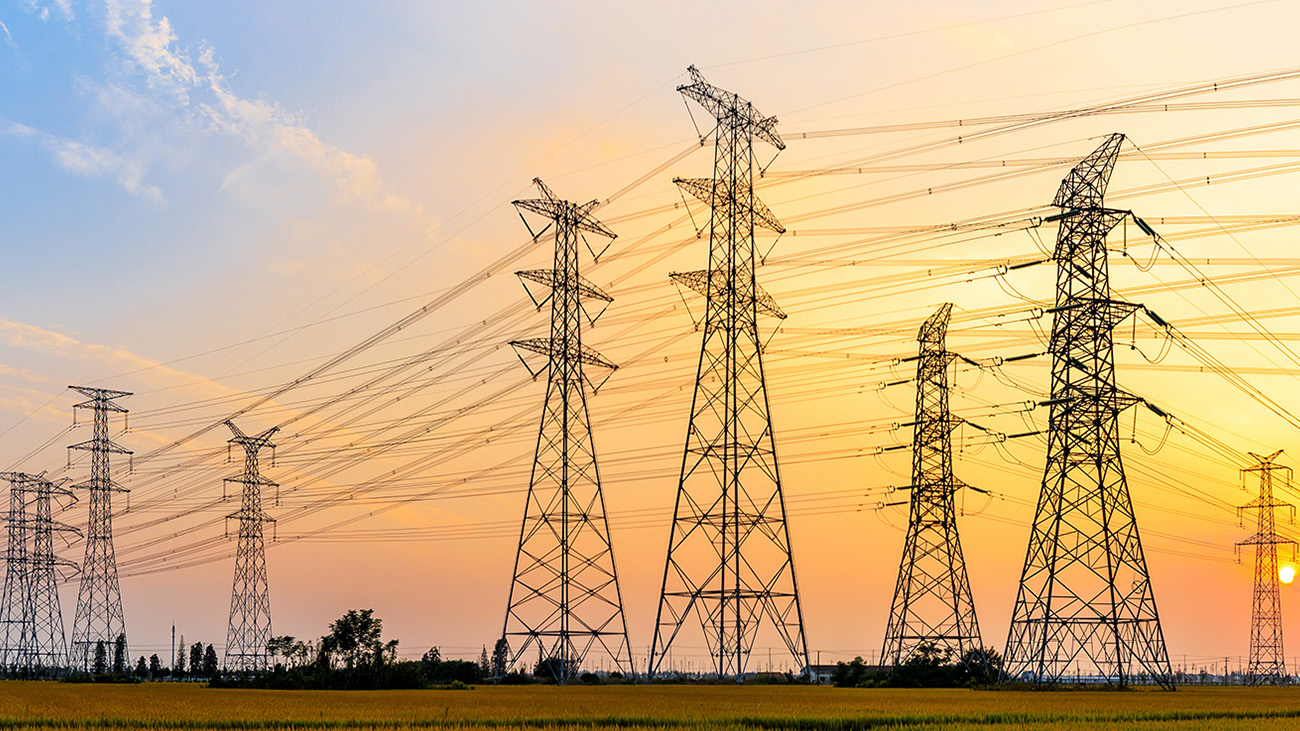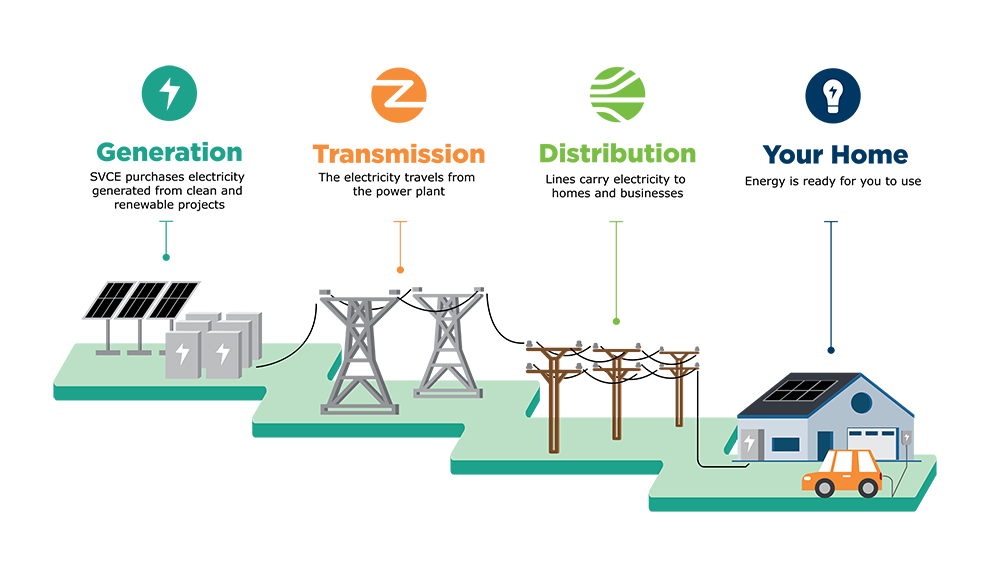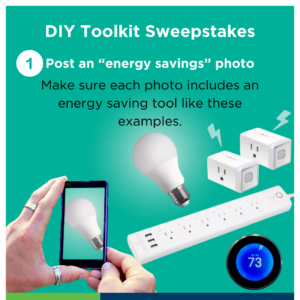
Getting to Know the Grid (and what it is)
“The grid.” Two words used to describe what has been referred to as “the world’s largest machine.”
The questions are always “What is the grid?” “Why is there a grid?” “Who manages the grid?” And we’ll get to all that. But does anyone ever ask, “How is the grid?”
We do. We care about the grid. So much. And here’s why you should, too.
What is the grid?
At the most basic level, the grid is a network that delivers electricity from generation points (such as gas plants or renewable solar, hydroelectric, and wind power plants) through transmission lines and a distribution system to your home or business. Seems pretty straightforward, right?
Factoring in the constant flux of electricity supply and demand, extreme weather events, infrastructure maintenance, and the integration of renewable energy sources, keeping a balanced and reliable grid is harder than one might think. An unbalanced grid means power (and life) disruptions, and no one wants that.
The grid also has a lot more going on than it used to. Consumers (like you) have always been able to receive energy from the grid, but now you can put electricity back on the grid through rooftop solar and even bidirectional electric vehicle charging (still in its early stages, but coming!).
You can imagine that this could make the grid a little stressed. Luckily, there are measures in place to ensure the grid operates efficiently and you, the customer, gets reliable energy for your home or business.
Who owns and manages the grid?
A brief history lesson on the California grid: In the late 1800s, electricity distribution was built and managed locally, until 1895 when the first long-distance powerline was established in the Sacramento region. In 1996, 100 years after that first long-distance powerline, the state restructured its electricity market, and the California Independent System Operator (CAISO) was formed (more on them later) to manage a transmission system that delivers electricity to utilities for use by local homes and businesses. In the late 90s the state began removing regulations on the energy market to allow for customer choice. Unfortunately, California suffered an energy crisis in 2001 resulting in a pause in deregulation. Insufficient supply due to extreme heat and market manipulation activities led to rolling blackouts and PG&E’s bankruptcy. Since then, regulatory bodies have passed policies to ensure grid reliability and prevent market manipulation.
Who owns our local poles and wires?
For SVCE customers, that would be PG&E. (Reminder: SVCE is a Community Choice Aggregator [CCA], meaning we buy the electricity and work with PG&E for transmission and delivery.) In most regions, an Investor-Owned Utility (IOU), like PG&E, owns the infrastructure and is responsible for building and maintaining the system. It works like this: SVCE buys electricity from a clean source, those electrons travel through transmission lines that are managed by CAISO, and then are carried to your home by local distribution lines owned by PG&E.
So, we have a grid with lots of parties (IOUs, CCAs, other energy providers) putting electricity on, pulling electricity off, and managing polls and wires… sounds messy right? It is, and that’s where the CAISO comes in. The CAISO manages the flow of electricity across the entire CA grid. PG&E owns the poles and wires, but CAISO enforces the balance of energy flow to ensure that there is enough energy on the grid to meet demand, but not so much energy to overpower the system. If you have ever received a Flex Alert, a message asking you to conserve energy when the grid is strained during extremely hot days, that message came from the CAISO.
There are other agencies in place to regulate the IOUs, CCAs, and other providers, statewide. Allow us to introduce you to the:
- Department of Energy (DOE)
- Federal Energy Regulatory Commission (FERC)
- California Energy Commission (CEC)
- California Public Utilities Commission (CPUC)
What you need to know:
- FERC regulates energy markets and maintains energy standards
- CEC develops policies and plans to meet state energy goals
- CPUC oversees compliance with state standards and mandates
- CAISO ensures a balance of supply and demand on the grid at all times
- SVCE supplies energy onto the grid and is subject to energy standards and other mandates
How the Grid Works
*Ring ring*. The grid called. And the grid wants us to talk about them again.
The grid is booked and busy with many sources pouring into it and consumers pulling from it 24/7. Think of a soda fountain machine and a kid making themselves a drink from each of the dispensers; a mixture of dark and light sodas, lemonade and water all flowing into the same cup – but when you take a sip you get the combination of all beverages. The grid is the same! All of the energy sources, clean and dirty, are feeding onto the grid as they are generated. Once those electrons are on the grid, there is no way to track exactly which electrons are powering your evening load of laundry – clean or dirty energy, it is all mixed together.
SVCE makes sure to purchase enough clean electricity to meet the amount used throughout the year for all customers, even though the actual electrons you use are drawn from the mix of energy on the grid at the specific time you are using power. This also means that when you use electricity still impacts state-wide emissions – if you use energy when the grid’s energy mix is coming from dirty sources, then there are more emissions associated with that use. Even though SVCE, for its part, is still providing clean energy to match that use overall. So, in the middle of the day, when the sun is shining and solar generation is filling the grid with renewable energy, your electricity use has less emissions compared to using the same amount of electricity at 5 p.m. when renewable energy generation slows down, and gas plants power up to meet increased demand.
What does this mean for you? Using electricity mid-day, when renewable energy is plentiful, can reduce emissions! Simple tricks like starting your dishwasher in the morning instead of after dinner, or pre-cooling your home can help you take advantage of this clean energy.
Emissions aren’t the only thing you’ll save by shifting your energy use! Time-of-Use rates (TOU-C, EV, E-ELEC) offer lower electricity prices during the times of the day when energy is cleaner, and demand is lower (12 a.m. – 4 p.m.). Knowing the cleanest and cheapest times to use electricity can help your wallet, help keep the air clean and maintain a balanced and happy grid. But before we dive deeper into more ways you can use your clean electricity, let’s dive into how SVCE is meeting local and state clean energy goals.




